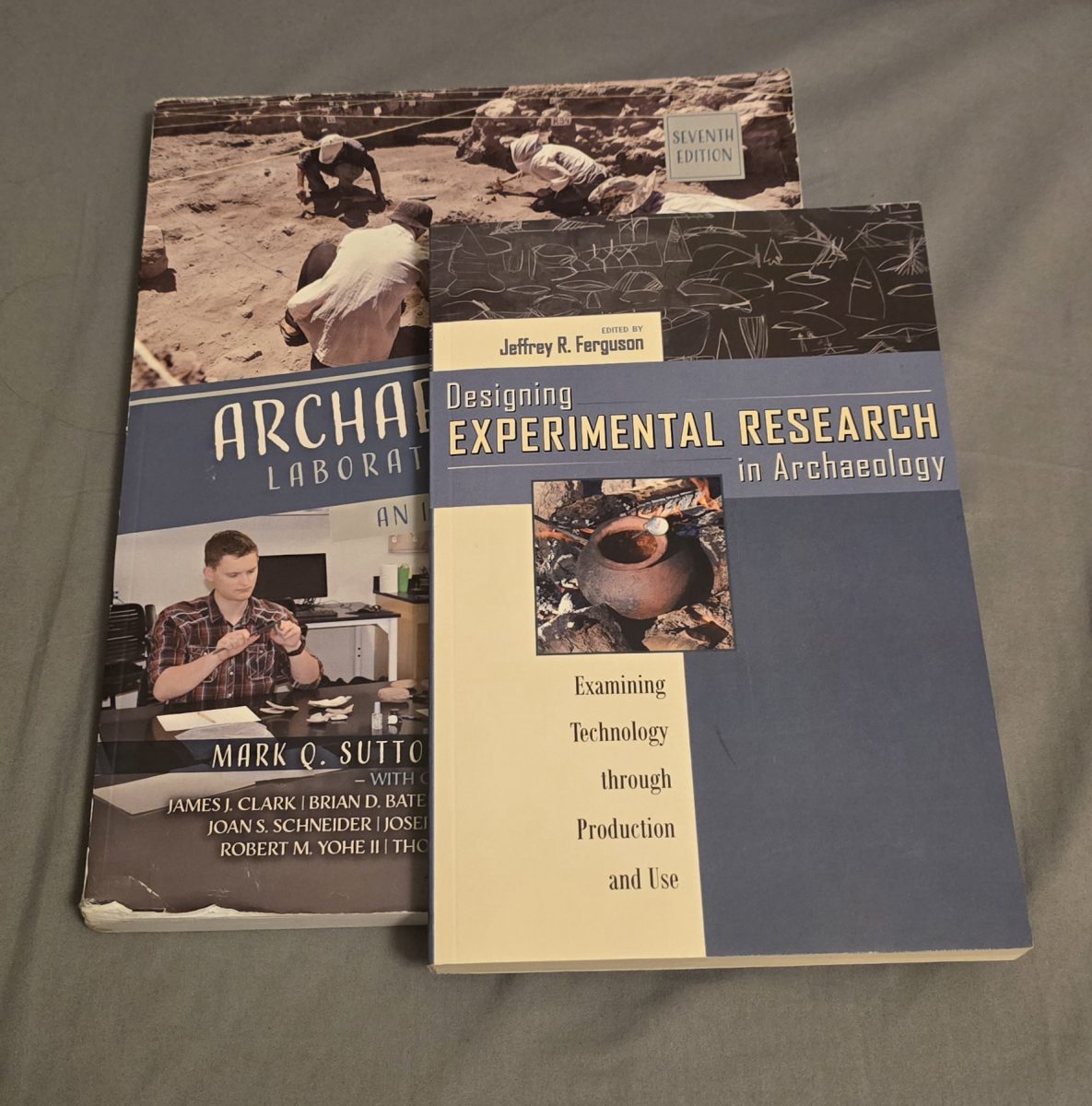The political climate mounted, families built fallout shelters and for decades life went on in the shadow of “The Bomb.”
The Beaumier U.P. Heritage Center will have a grand opening event for its latest exhibit “Cold War in the U.P.” from 7 to 8:30 p.m. on Nov. 2. The event offers visitors hors d’oeuvres, refreshments and a lesson in history about the Upper Peninsula’s involvement in the nuclear conflict between the United States and the Soviet Union.
From the late 1940s to the early 1990s, the threat of apocalyptic nuclear weaponry thrust these countries into a deadlock war that created an extensive military industrial complex throughout the United States. This led to the development of B-52 bombers, Air Force base installations and other infrastructure throughout the U.P. as the country prepared for rapid military mobilization.
“We… realized there were a lot of connections to the U.P. and we thought young people would find it fascinating, and for the people like me who lived through it, it’d bring back some memories, some good, some bad,” said Dan Truckey, director and curator of the Beaumier U.P. Heritage Center.
Among the many informative displays stands a recreation of a fallout shelter. Especially during the ’60s and ’70s, widespread fear of a nuclear attack caused many ordinary civilians to build fallout bunkers in their basements in an attempt to survive such a catastrophe. The U.S. Government distributed pamphlets on how to construct a safety shelter while keeping citizens in the dark about the true extent of the damage that could be done by the H-bomb.
The exhibit also features the stories of important actors in the Cold War effort, such as Ishpeming-born Glenn Seaborg who (aside from winning the 1951 Nobel Prize in Chemistry and having an element, seaborgium, named after him) was a key developer on the Manhattan Project and advised 10 U.S. presidents as chairman of the Atomic Energy Commission. His corner of the room contains many artifacts from his career and travels, including a hat that was given to him by President Lyndon B. Johnson, whom he advised and befriended.
Aeronautical engineer, Kelly Johnson, also from Ishpeming, designed the famous U-2 spy plane used to surveil the Soviet Union during the Cold War. Another exhibit describes the life of a Soviet spy born and raised in the U.P. who was captured and came to work as a double-agent for the FBI.
The idea for the exhibit came from NMU senior history major Cassandra Somes. Along with Dan Truckey, she co-curated the “Cold War in the U.P.” exhibit for her senior capstone project. Somes researched, selected the artifacts and both designed and installed the layout for this tour through a fascinating era of the 20th century.
“That’s part of what we do here,” Truckey added. “We do historical exhibits, but we’re also a laboratory for students who want to learn how to work in museums and public history. We also have… marketing students and graphic design students [who] work in various different disciplines. So we’re really a laboratory for students to get hands-on experience in their fields of study.”
The “Cold War in the U.P.” exhibit is free and will be open to the public until March 31.

























